Legendary Swiss-American photographer, filmmaker and artist Robert Frank, who is best known for his 1958 book The Americans, as well as his behind-the-scenes work with rock band The Rolling Stones, passed away from natural causes on September 9th at the age of 94. His death, which occurred at the Inverness Consolidated Memorial Hospital in Nova Scotia, Canada, was confirmed by his gallerist and longtime friend Peter MacGill.
Frank was born in Switzerland on November 9, 1924. He emigrated to the United States in 1947, after releasing his first hand-made photography book, 40 Fotos, landing in New York City where he secured employment as a fashion photographer for Harper’s Bazaar. He also started hanging out with an eclectic crowd that included Beat Generation poet Allen Ginsberg and On the Road author Jack Kerouac. Kerouac provided the introduction to Frank’s seminal photography book The Americans.
If you call Robert Frank a documentary photographer, you’re missing the point. He was an artist, even when his images masqueraded as documentary. Still, this is a good obituary, especially if you think his career ended after he published The Americans. https://t.co/zcninBfY2Y
— John Edwin Mason (@johnedwinmason) September 10, 2019
The collection of 83 black-and-white photos, captured on a cross-country road trip that began in 1955, with a Leica 35mm camera, exposed the neglected aspects of American life. In an era that glorified family values, clean-cut figures, and a booming postwar economy, Frank’s dark, grainy imagery was subversive. While The Americans was not well-received initially, its eventual success would present a level of notoriety that made him uncomfortable.
As a result, Frank pivoted to creating experimental short films and autobiographical documentaries. This would lead him to develop a relationship with one of the world’s most notorious rock bands, The Rolling Stones. The group commissioned him to create photos for their 1972 album, Exile on Main Street. Thrilled with his work, they invited him to shoot a documentary about their return to America and supporting 1972 concert tour.
 |
| The Rolling Stones were thrilled with Robert Frank’s work for the cover of their 1972 release, Exile on Main Street. However, they would go on to block the widespread release of his documentary Cocksucker Blues. |
The resulting work, titled Cocksucker Blues, exposed rampant drug use and escapades including excessive orgies that the band deemed unflattering for their image. A restraining order was put in place to limit where and how often the documentary could be screened. It was ultimately shelved in favor of the documentary Ladies and Gentlemen: The Rolling Stones which consisted of strictly on-stage footage.
Upon hearing of Frank’s passing, The Rolling Stones posted the following statement on their Facebook page: ‘We’re very sad to hear the news that the visionary photographer and filmmaker Robert Frank has died. Robert collaborated with us on a number of projects including the cover design of Exile On Main Street and directed the Cocksucker Blues documentary. He was an incredible artist whose unique style broke the mould. Our thoughts are with his family and friends at this time.’
View this post on InstagramRobert Frank has passed away at 94. As one of the key figures in postwar American art, Frank has never wanted for recognition. Few works in the history of photography have landed a punch as woozying as that book, “The Americans.” An unconsoling portrait of his adopted country, the 83 photographs in the book are a record of the Swiss-born Frank’s on-the-road travels in 1955 and 1956. It is a country of empty highways and drained faces in barrooms, divided by race and income. Frank’s people seem bereft, beaten. It’s a portrait by an outsider identifying to his fingertips with other outsiders. “In America, they had another tone, the pictures,” Frank told @nytmag in 1994. “One became aware of white cities, black people, no money, no hope. The noise. The violence. How brutal people were. A brutal country. Still is. And I began to be part of it.” Read the 1994 piece at the link in our bio. #RobertFrank photographed by @eugenerichardsphotography
In a poignant moment from his first video project, Home Improvements, created in 1985, he films his own reflection through a glass door and reflects on his method with the following quote: ‘I’m always looking outside trying to look inside. Trying to tell something that’s true. But maybe nothing is really true. Except what’s out there, and what’s out there is always different.’
‘I’m always looking outside trying to look inside. Trying to tell something that’s true. But maybe nothing is really true. Except what’s out there, and what’s out there is always different.’
Frank’s lasting impact includes being deemed ‘the father of ‘the snapshot aesthetic.’ His ability to create compelling images on-the-fly inspired influential artists including Jeff Wall, Mary Ellen Mark and Ed Ruscha. Critic Sean O’Hagan, writing for The Guardian in 2014, said The Americans ‘changed the nature of photography, what it could say and how it could say it. [ . . . ] it remains perhaps the most influential photography book of the 20th century.’
Frank experienced personal tragedy in his life. He lost his first daughter, at the age of 20, in a plane crash. Twenty years later, his son Pablo took his own life after suffering from schizophrenia. He is survived by his second wife, June Leaf.
Articles: Digital Photography Review (dpreview.com)

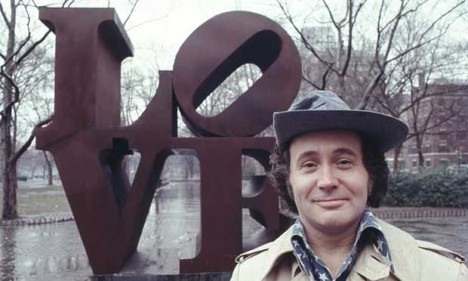
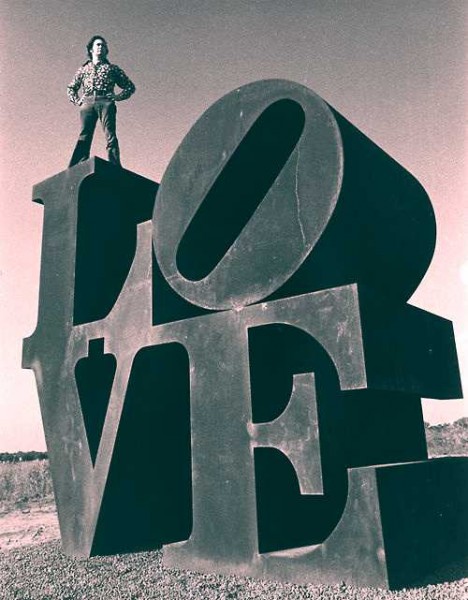
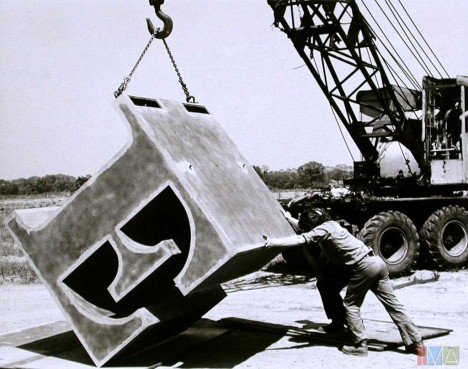


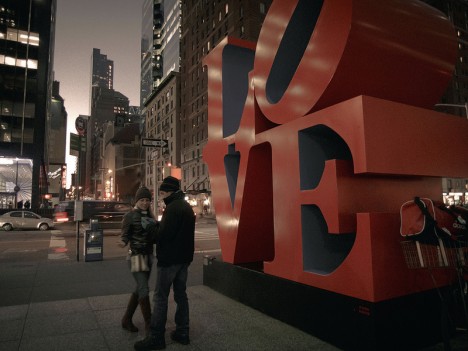
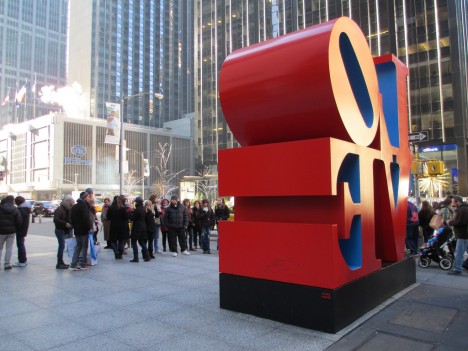
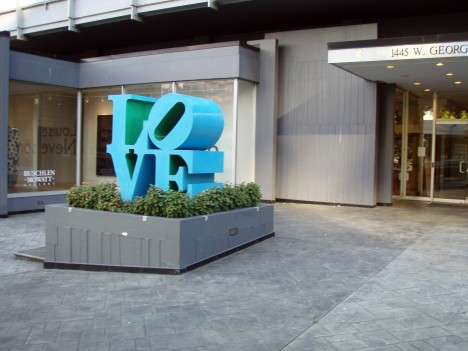
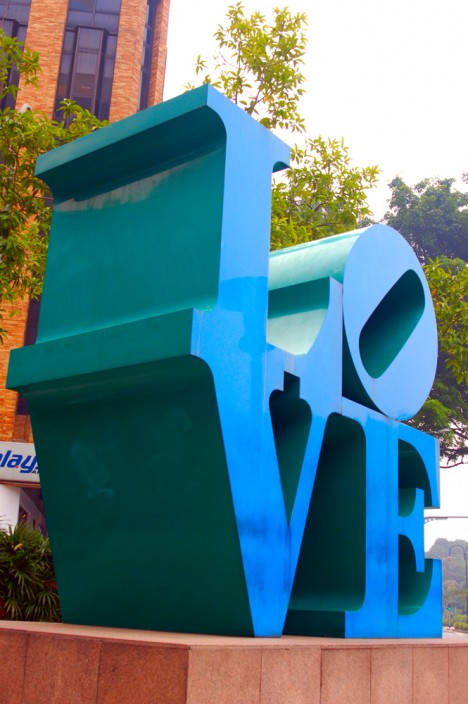

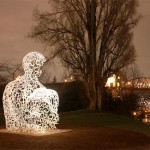
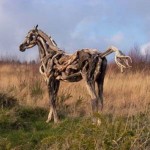
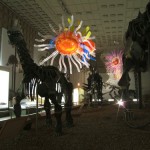




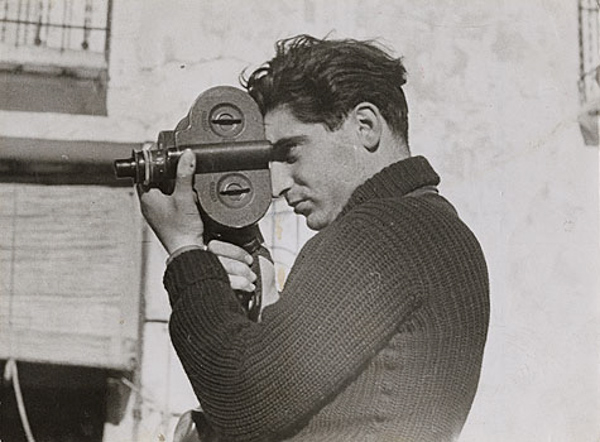

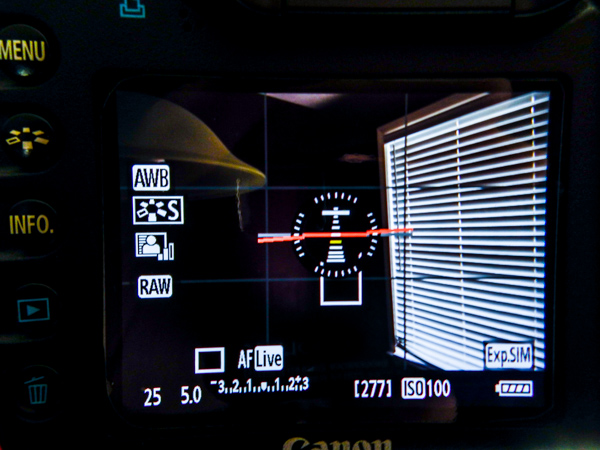
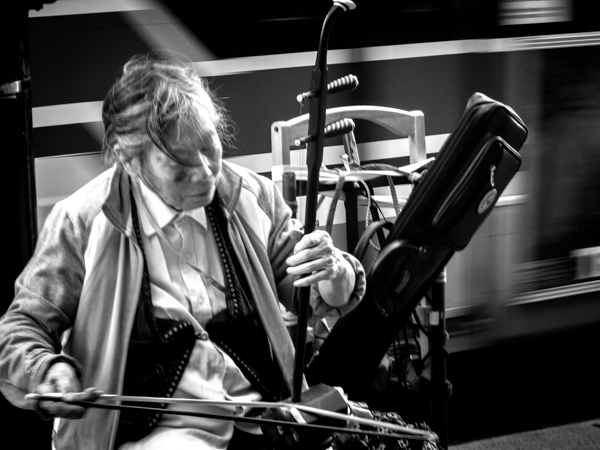

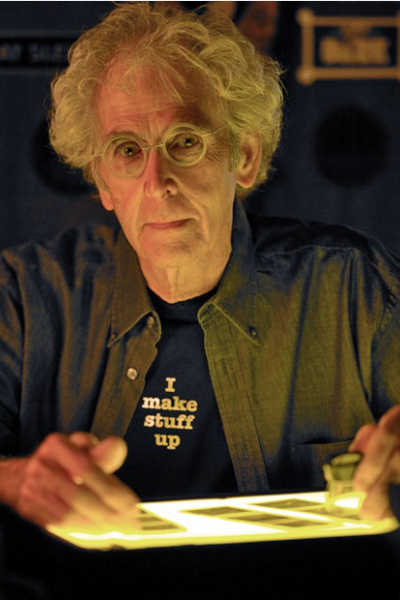

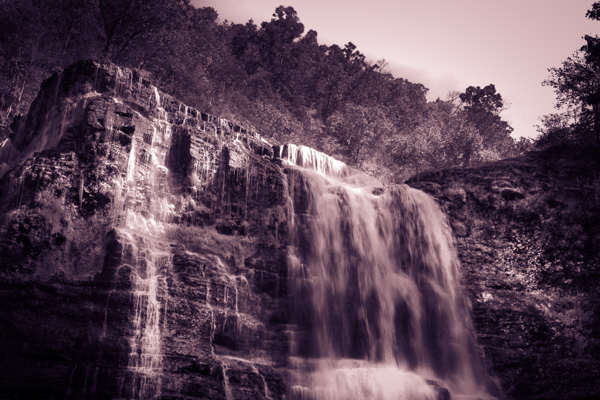






You must be logged in to post a comment.